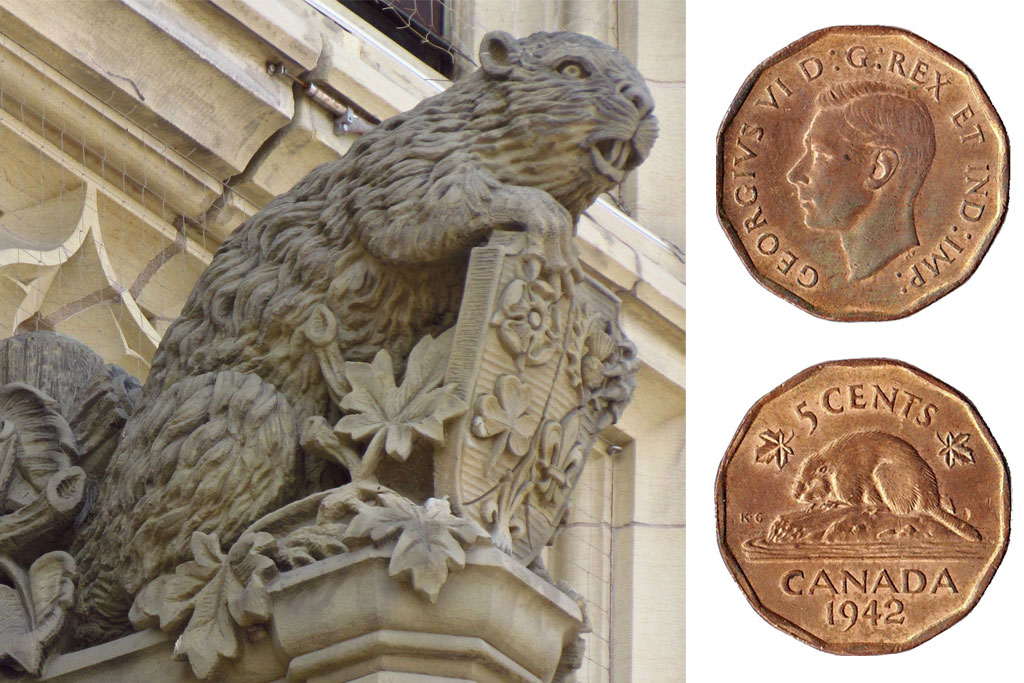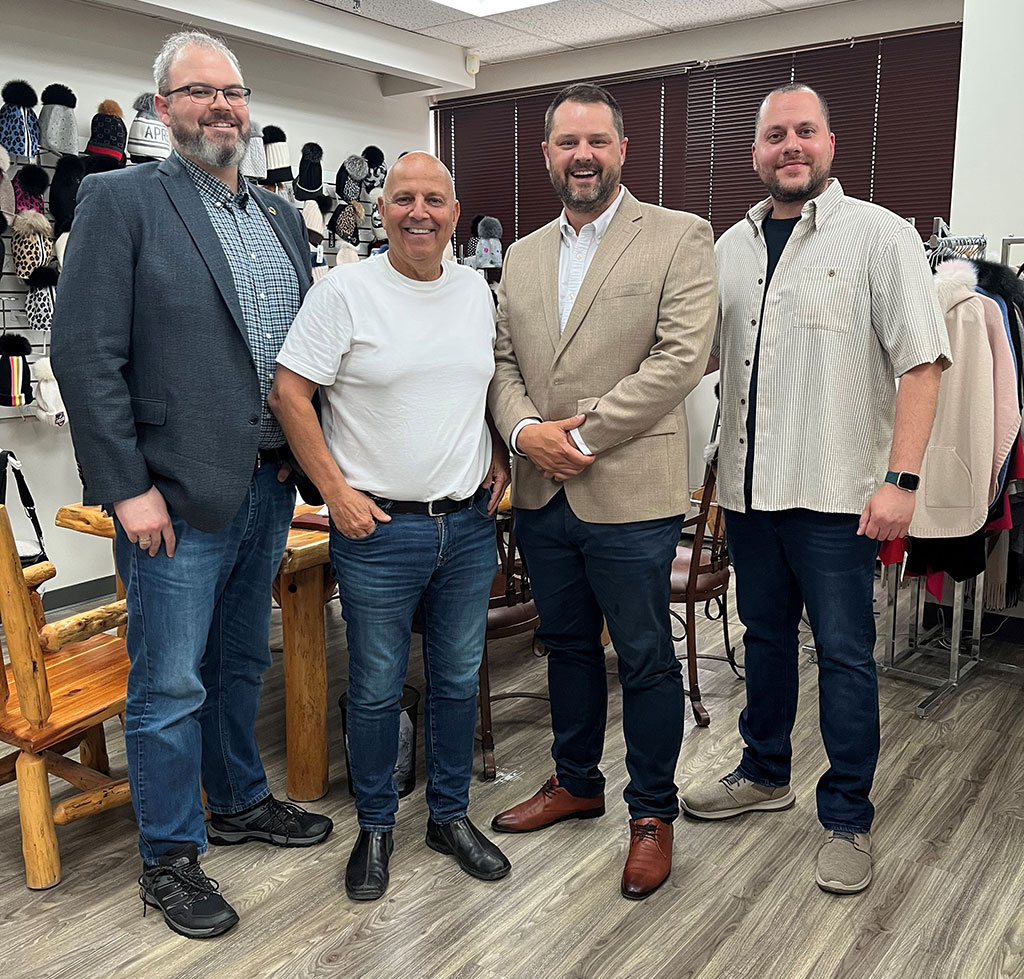This year marks the passing of four decades since the Fur Institute of Canada was founded in 1983, with the…
Read More

This year marks the passing of four decades since the Fur Institute of Canada was founded in 1983, with the primary function of overseeing the testing and certification of humane traps. To mark the occasion, it has launched a new logo, but is the change purely cosmetic or is there more here than meets the eye? To find out, Truth About Fur interviewed Executive Director Doug Chiasson.
Truth About Fur: The FIC's original logo showed a beaver, a Canadian icon. Then it changed to another national icon, the maple leaf. Now you've combined the two, but with the beaver taking pride of place. What's the thinking here?
Doug Chiasson: When an organization celebrates a significant milestone, as the FIC is doing this year with our 40th anniversary, it's time for self-reflection. So we can see that while our most recent logo, of a maple leaf, did a great job of communicating “Canada”, it didn't communicate “fur” at all.
By putting a beaver front and centre, we remind people that fur and furbearing animals are our focus. And as a nod to the past, the maple leaf also appears in the roundel.
SEE ALSO: Doug Chiasson: What does the Fur Institute's new ED bring to the table? Truth About Fur, June 2022.
Why a Beaver?

TAF: Anyone with knowledge of Canada's history will understand the relevance of the beaver, but can you explain for non-historians?
DC: We often say that the history of the fur trade is the history of Canada. The pursuit of fur, particularly beaver pelts, was a defining feature of early European presence in North America and of relations with Indigenous nations. It played a role in establishing the Hudson's Bay Company and the North West Company, whose forts and factories are the sites of present-day communities across Northern and Western Canada.
That influence was reflected by the beaver's inclusion on the nickel coin since 1937, and its designation as Canada’s national animal in 1975.
Canada is fortunate to have a great diversity of fur resources, but when we think of fur and Canada, we think first of the beaver.
Absorbing Fur Council of Canada

TAF: The Fur Council of Canada has been around since 1964, representing the interests of the downstream side of the fur business (retailers, manufacturers, etc.). Now the FIC is in the process of absorbing the FCC. Why is this happening, and why now?
DC: It's no secret that the fur industry, not only in Canada but around the world, has faced significant adversity in recent years. The war in Ukraine, Covid-19, climate change, and other factors have hurt the entire fur value chain. So the FCC found itself in a position where it could no longer deliver on its mandate as a stand-alone organization.
TAF: So with the FIC now representing the upstream and the downstream sides of the fur trade, how will the entire trade benefit?
DC: In the past, having two national organizations representing the fur trade could cause confusion, but those days are over. Having just one organization represent Canada across the whole spectrum of the fur trade will put us all in a stronger position when it comes to advocating for fur. Whether we're talking to government, the media or consumers, there should no longer be any doubt that Canada's fur trade speaks with one voice.
Broadening Membership

TAF: From its founding, the FIC's primary role has been the testing and certification of humane traps, so it's understandable that your membership includes a lot of trapping associations. Will the FIC now be looking to broaden its membership base?
DC: As you say, the trap testing and certification program has always been a major motivator for trapping associations to support the FIC. That will not change with these recent developments. Other sectors of the trade have always been welcome to become members, but usually they would choose to join either the FIC or the FCC. Now there is no need for them to make that choice.
We're also no strangers to representing trade sectors other than trappers, most notably the sealing sector. Through projects like Canadian Seal Products and Proudly Indigenous Crafts & Designs, we have shown that we are capable of far more than just trap-testing.
Greater involvement from processors, designers, brokers, manufacturers and retailers will allow us to draw on everyone's experiences and expertise, and help us to present the complete picture of fur in Canada to decision-makers and the public.
TAF: Growing the FIC's representation of downstream players is an exciting prospect, but are you also looking to bring more Indigenous organizations into the fold?
DC: We want the FIC to represent as much as possible of Canada’s fur landscape, and to that end, the Board have asked me to look for new members wherever we can find them. I am also working to develop a new Strategic Plan for the Institute, and want to bring a broad array of viewpoints into building that plan. That obviously includes Indigenous organizations, and that’s an area I am particularly focussed on.
Indigenous nations and governments are increasingly playing leadership roles in land use and wildlife management decisions across the country. In much the same way that we work with our partners in provincial and territorial governments, we want to work closely with Indigenous decision-makers and managers too.
The FIC already has a strong history of partnering with Indigenous groups on a wide range of issues, but now we hope to take it to the next level, and having them as members will certainly facilitate that.
To become an FIC member, download the application form here.







